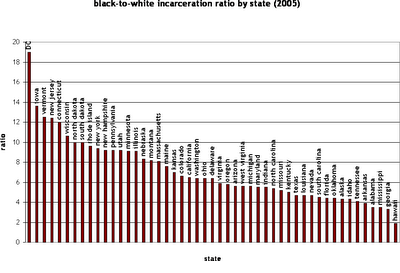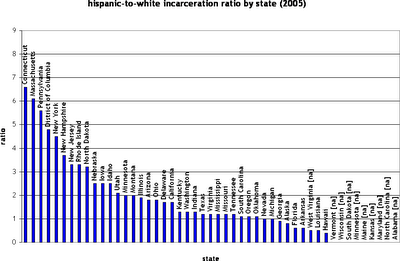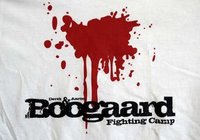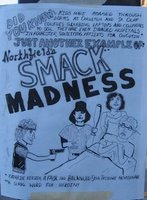 this is the story of a short-lived moral panic and the challenges of leadership positions in law enforcement. earlier this month, the police chief in the peaceful college town of northfield, minnesota, called a press conference to alert the media to an emerging heroin epidemic.
this is the story of a short-lived moral panic and the challenges of leadership positions in law enforcement. earlier this month, the police chief in the peaceful college town of northfield, minnesota, called a press conference to alert the media to an emerging heroin epidemic.
according to media accounts, he estimated that up to 250 heroin users in and around northfield high were feeding habits of up to $800 per day — and that this group was responsible for a major spike in the local crime rate.
some were called to action, others scoffed, and some of us just scratched our heads. i never doubted that some kids in northfield had tried heroin, but the claims seemed overblown. since 1999, heroin use has declined significantly among high school students. according to the 2006 monitoring the future data, only about 1.4 percent of 12th graders had even tried the drug and only .8 percent had ever done so intravenously.
yes, heroin can be found an hour north in minneapolis and, i suppose, the drug may have found its way to some carleton or st. olaf dorm room, but $800 per day? that’s a mother-superior-sized habit. also, the picture painted at the meeting — of the town’s high-achieving valedictorians stealing everything that wasn’t nailed down — just smacked of hyperbole. frankly, in the absence of some corroborating evidence from schools, hospitals, or treatment centers, such claims called to mind reefer madness or, worse, j. peterman.*
now, just a couple weeks later, the good people of northfield and the town’s feral youth have questioned the chief’s evidence and his claims. and the chief, in turn, has taken an indefinite leave of absence. i don’t write to ridicule the chief, because i don’t doubt his motives. this didn’t strike me as a cynical search for a scapegoat to explain the rise in property crime; nor did it strike me as intentionally hyping a story to garner resources for the department. i just think the chief saw a problem and reacted strongly. who knows? he might be proven right after all. at least the town is having better-informed drug policy discussions.
in my view, this case illustrates the value of asking “where’s your data?” before taking big policy steps regarding crime and drug use. as soon as the evidentiary base was examined in northfield, the system seemed to self-correct and the moral panic was averted.
*That’s right Elaine. white lotus, yam-yam, shanghai sally…I too once fell under the spell of opium. It was 1979. I was travelling the Yangtzee in search of a Mongolian horsehair vest…
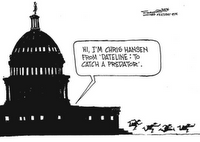 american public media’s the story offers an extensive profile of local guy tom coles and the sex offenders he has invited into his home. heather h. tipped me off to after the offense, a story about swimming upstream against stigma and a man’s enduring belief in redemption.
american public media’s the story offers an extensive profile of local guy tom coles and the sex offenders he has invited into his home. heather h. tipped me off to after the offense, a story about swimming upstream against stigma and a man’s enduring belief in redemption.


